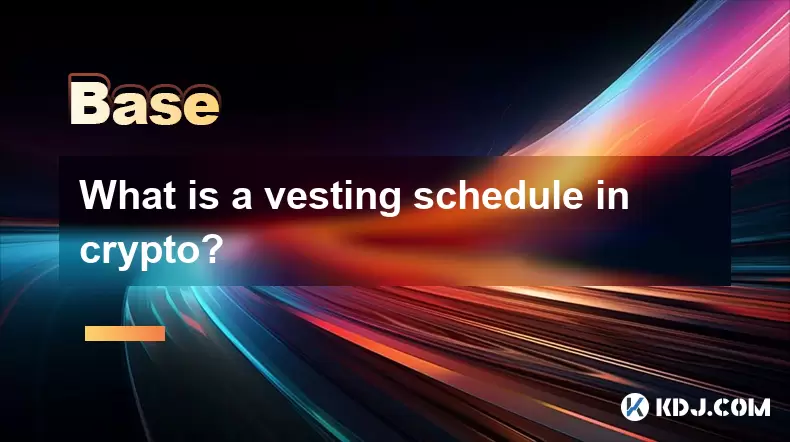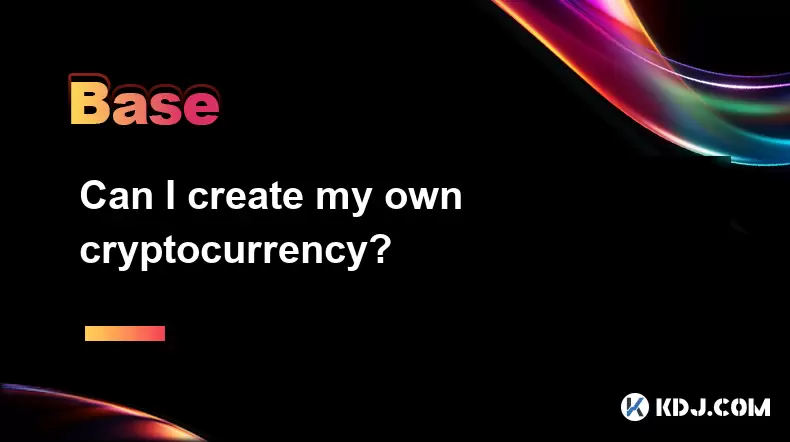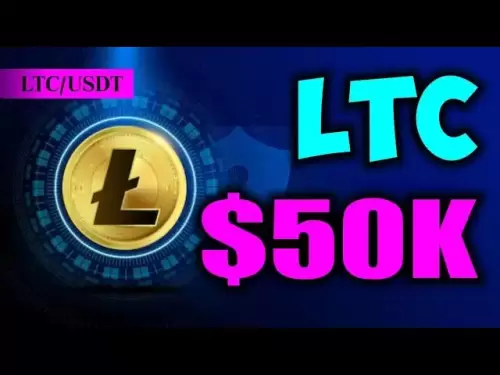-
 Bitcoin
Bitcoin $118300
0.21% -
 Ethereum
Ethereum $3748
5.28% -
 XRP
XRP $3.514
2.29% -
 Tether USDt
Tether USDt $1.000
-0.01% -
 BNB
BNB $747.8
2.18% -
 Solana
Solana $181.1
2.16% -
 USDC
USDC $0.9999
0.00% -
 Dogecoin
Dogecoin $0.2642
9.21% -
 Cardano
Cardano $0.8606
3.96% -
 TRON
TRON $0.3173
-0.98% -
 Hyperliquid
Hyperliquid $46.70
4.60% -
 Stellar
Stellar $0.4730
1.76% -
 Sui
Sui $3.926
3.48% -
 Chainlink
Chainlink $19.27
5.24% -
 Hedera
Hedera $0.2780
4.02% -
 Bitcoin Cash
Bitcoin Cash $549.4
8.37% -
 Avalanche
Avalanche $25.06
3.31% -
 Shiba Inu
Shiba Inu $0.00001538
4.36% -
 Litecoin
Litecoin $117.0
12.63% -
 UNUS SED LEO
UNUS SED LEO $8.998
0.08% -
 Toncoin
Toncoin $3.279
3.00% -
 Polkadot
Polkadot $4.490
4.46% -
 Uniswap
Uniswap $10.62
5.37% -
 Ethena USDe
Ethena USDe $1.001
-0.01% -
 Monero
Monero $326.5
0.32% -
 Pepe
Pepe $0.00001417
8.12% -
 Bitget Token
Bitget Token $4.984
2.01% -
 Dai
Dai $0.9999
-0.01% -
 Aave
Aave $326.3
3.09% -
 Bittensor
Bittensor $427.7
3.65%
What is a vesting schedule in crypto?
Vesting schedules in crypto ensure long-term commitment by gradually releasing tokens over time, preventing premature sell-offs and promoting project stability.
Jul 20, 2025 at 12:22 am

Understanding the Concept of Vesting in Cryptocurrency
In the world of cryptocurrency, a vesting schedule refers to a structured timeline that dictates when tokens or digital assets become available to individuals, typically team members, advisors, or investors. This mechanism is implemented to ensure long-term commitment and alignment of interests within a project. Vesting schedules are commonly used in Initial Coin Offerings (ICOs), token sales, and other fundraising initiatives to prevent immediate token dumping, which could destabilize the market.
How Vesting Schedules Work in Practice
A vesting schedule typically outlines specific time intervals or milestones after which a portion of the allocated tokens is released to the recipient. For instance, a project may implement a four-year vesting period with a one-year cliff, meaning no tokens are released during the first year, and then a percentage becomes available annually thereafter. This approach ensures that team members remain engaged and invested in the project's long-term success.
- Cliff periods are often included, during which no tokens are accessible.
- After the cliff, tokens are released incrementally, often on a monthly or quarterly basis.
- Some projects may tie vesting to performance milestones rather than time-based criteria.
Reasons for Implementing Vesting Schedules
The primary purpose of a vesting schedule in crypto is to promote project stability and investor confidence. By delaying full token access, teams are discouraged from cashing out prematurely, which could lead to price volatility. Additionally, vesting schedules help protect early investors by ensuring that core contributors remain incentivized to work on the project over an extended period.
- Vesting schedules prevent market manipulation by limiting sudden token dumps.
- They align incentives between the team and token holders.
- Projects with transparent vesting schedules are often viewed more favorably by the community.
Common Vesting Schedule Structures in Crypto Projects
There are several vesting schedule models commonly adopted in the crypto space, each tailored to the specific goals of the project. Some of the most prevalent include:
- Linear vesting, where tokens are released evenly over a set period.
- Milestone-based vesting, which ties token releases to the achievement of predefined goals.
- Hybrid models that combine both time-based and milestone-driven elements for added flexibility.
Each of these structures has its own advantages and drawbacks, and the choice largely depends on the project’s roadmap and team dynamics.
Impact of Vesting Schedules on Tokenomics and Market Dynamics
The vesting schedule plays a crucial role in shaping a project’s tokenomics. By controlling the supply of tokens entering the market, vesting schedules can influence price stability, liquidity, and overall investor sentiment. A well-structured vesting schedule can prevent inflationary pressures and ensure a healthier token economy.
- Projects with overly aggressive vesting schedules may face sell pressure once tokens are unlocked.
- Transparent vesting schedules contribute to better market predictability.
- Investors often analyze vesting schedules before making investment decisions to assess risk.
How to Evaluate a Project’s Vesting Schedule
When assessing a crypto project, it’s essential to scrutinize the vesting schedule details provided in the whitepaper or tokenomics section. Key factors to consider include:
- The duration of the vesting schedule and whether it aligns with realistic project timelines.
- The presence of a cliff period and how long it lasts.
- Whether the vesting schedule applies equally to all stakeholders or if there are disparities.
- If the vesting schedule is publicly verifiable on the blockchain or through a smart contract.
A transparent and well-documented vesting schedule is a sign of a credible and long-term-oriented project.
Examples of Vesting Schedules in Real-World Crypto Projects
Several well-known blockchain projects have adopted vesting schedules to manage token distribution. For example:
- Ethereum implemented a vesting structure for early contributors and developers, ensuring long-term involvement.
- Solana used a multi-year vesting schedule for its team and investors to maintain stability during its growth phase.
- Many DeFi protocols implement vesting schedules for liquidity providers or core developers to encourage ongoing participation.
These examples illustrate how vesting schedules are integral to fostering sustainable ecosystems.
Frequently Asked Questions
What happens if a team member leaves before their tokens vest?
In most cases, unvested tokens are forfeited or returned to the project treasury, depending on the terms outlined in the smart contract or whitepaper.
Can vesting schedules be changed after launch?
While rare, some projects may propose changes to vesting schedules through governance votes or team decisions. However, altering these terms post-launch can raise concerns about project integrity.
Are vesting schedules legally binding?
Although vesting schedules are typically enforced through smart contracts, their legal enforceability depends on jurisdiction and the specific terms defined during the token sale or distribution.
Do all crypto projects use vesting schedules?
No, not all projects implement vesting schedules, but those that do are generally perceived as more committed to long-term development and investor protection.
Disclaimer:info@kdj.com
The information provided is not trading advice. kdj.com does not assume any responsibility for any investments made based on the information provided in this article. Cryptocurrencies are highly volatile and it is highly recommended that you invest with caution after thorough research!
If you believe that the content used on this website infringes your copyright, please contact us immediately (info@kdj.com) and we will delete it promptly.
- Iron Maiden: Music Legends Celebrate 50 Years with Royal Mint Coin
- 2025-07-21 00:30:13
- BlockDAG, TIA, LTC: Unveiling the Latest Crypto Buzz
- 2025-07-21 00:50:12
- Ethereum Layer-2 Meme Coins: Little Pepe's Big Leap?
- 2025-07-21 00:30:13
- MoonBull, Crypto, and BOME Gains: Riding the Meme Coin Wave to 100x?
- 2025-07-21 00:50:12
- Bitcoin, ETH, and the Trader Target: Decoding the Crypto Landscape
- 2025-07-21 01:10:14
- Solana's TVL Growth: Riding the Cryptocurrency Wave
- 2025-07-21 01:10:14
Related knowledge

What is the difference between a sidechain and a Layer 2?
Jul 20,2025 at 11:35pm
Understanding the Concept of SidechainsA sidechain is a separate blockchain that runs parallel to the main blockchain, typically the mainnet of a cryp...

What is the Inter-Blockchain Communication Protocol (IBC)?
Jul 19,2025 at 10:43am
Understanding the Inter-Blockchain Communication Protocol (IBC)The Inter-Blockchain Communication Protocol (IBC) is a cross-chain communication protoc...

How does sharding improve scalability?
Jul 20,2025 at 01:21am
Understanding Sharding in BlockchainSharding is a database partitioning technique that is increasingly being adopted in blockchain technology to enhan...

What is the "crypto trilemma" of scalability, security, and decentralization?
Jul 19,2025 at 06:28pm
Understanding the Concept of the Crypto TrilemmaThe crypto trilemma refers to the challenge of simultaneously achieving scalability, security, and dec...

What is a cliff and vesting schedule in tokenomics?
Jul 20,2025 at 10:28am
What Does a Cliff Mean in Tokenomics?In tokenomics, a cliff refers to a specific period during which token holders are not allowed to access or transf...

Can I create my own cryptocurrency?
Jul 20,2025 at 11:49pm
Understanding the Basics of Creating a CryptocurrencyYes, you can create your own cryptocurrency, but it involves a combination of technical knowledge...

What is the difference between a sidechain and a Layer 2?
Jul 20,2025 at 11:35pm
Understanding the Concept of SidechainsA sidechain is a separate blockchain that runs parallel to the main blockchain, typically the mainnet of a cryp...

What is the Inter-Blockchain Communication Protocol (IBC)?
Jul 19,2025 at 10:43am
Understanding the Inter-Blockchain Communication Protocol (IBC)The Inter-Blockchain Communication Protocol (IBC) is a cross-chain communication protoc...

How does sharding improve scalability?
Jul 20,2025 at 01:21am
Understanding Sharding in BlockchainSharding is a database partitioning technique that is increasingly being adopted in blockchain technology to enhan...

What is the "crypto trilemma" of scalability, security, and decentralization?
Jul 19,2025 at 06:28pm
Understanding the Concept of the Crypto TrilemmaThe crypto trilemma refers to the challenge of simultaneously achieving scalability, security, and dec...

What is a cliff and vesting schedule in tokenomics?
Jul 20,2025 at 10:28am
What Does a Cliff Mean in Tokenomics?In tokenomics, a cliff refers to a specific period during which token holders are not allowed to access or transf...

Can I create my own cryptocurrency?
Jul 20,2025 at 11:49pm
Understanding the Basics of Creating a CryptocurrencyYes, you can create your own cryptocurrency, but it involves a combination of technical knowledge...
See all articles

























































































